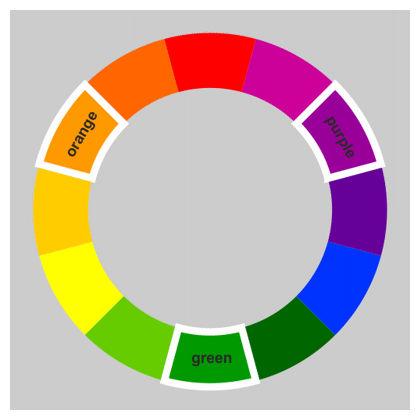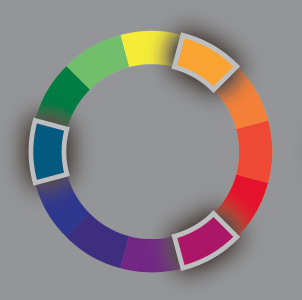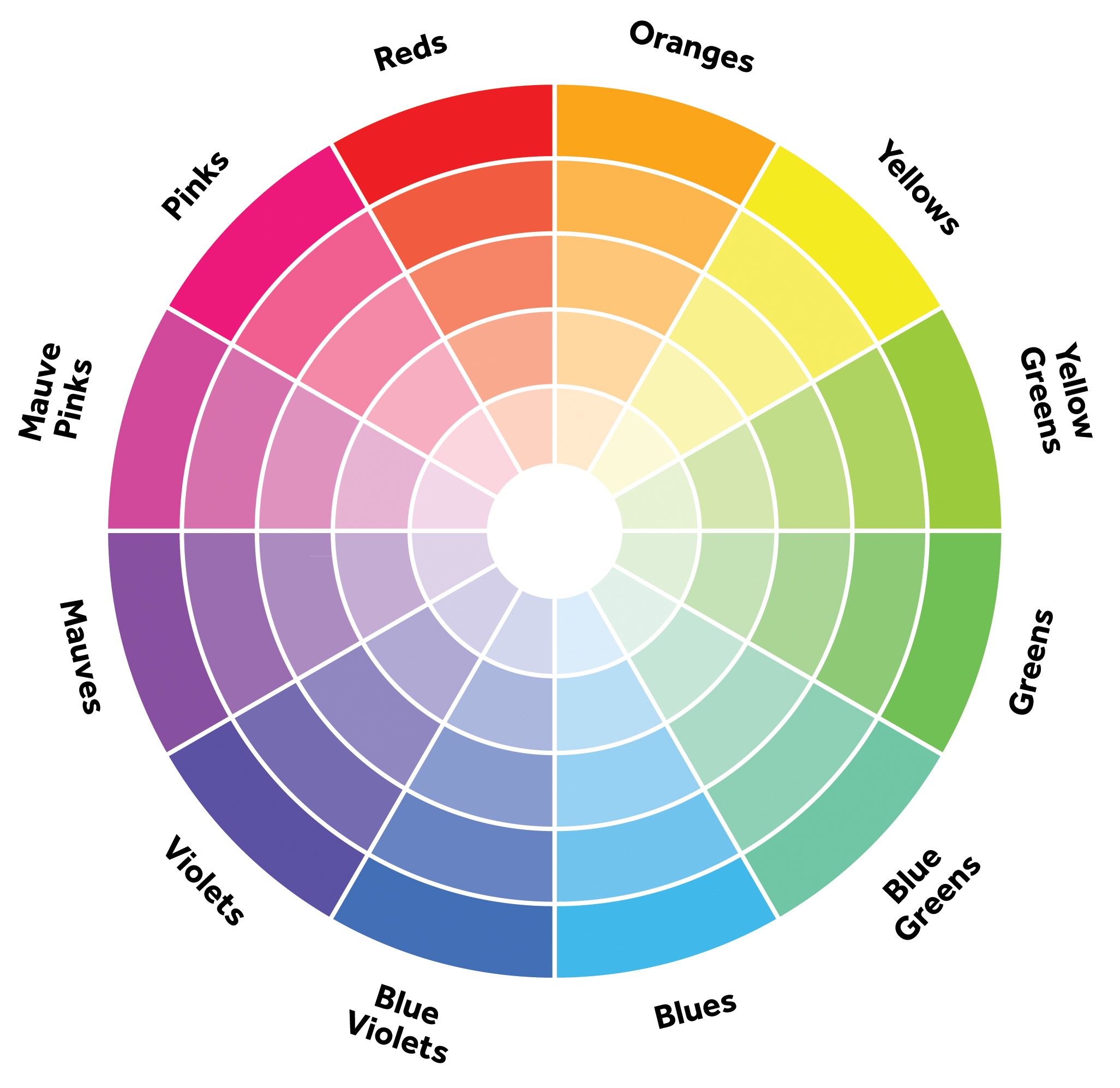
Aside from knowing fundamental beadweaving techniques and properly attaching each bead, you should also know how to combine and mix proper colors to create a spectacular beadwork. You don’t necessarily need to become an expert in color theory, even the basic color schemes are enough with the help of a color wheel. Learn how to use the color wheel for your jewelry designs!
Primary Colors:
Blue, Red, and Yellow

Secondary
Colors (after primary colors are mixed): Green, Orange, Purple

Tertiary
Colors that are mixed between a primary and secondary color: Blue-green, blue-violet, red-orange, red-violet, yellow-green, and yellow-orange.

(Images above from http://www.artyfactory.com/)
There are many ways you can mix colors, but if you want something that has impact or an attractive and complimentary color combination then you need to base you combinations on the various color schemes. You’re the final judge on what color combination you want but it won’t hurt to consult the tested and proven color schemes below:
*Monochromatic
This is basically a color scheme in which you choose one color and stick with it. You may wonder how one color will make a great combination.
This is how it goes: the color you picked has multiple tones which can be mixed to create a color theme. For example, red can be mixed with crimson red,
vermillion red, and so many more.

Image from (http://www.theinformedillustrator.com/)
*Complementary
Using this color scheme is simple. Simply find the opposite of the color you choose in the color wheel. An example would be yellow and violet.

Image from (http://www.theinformedillustrator.com/)
*Triadic
This color scheme is basically three combinations of colors that are evenly divided in the color wheel.
Example would be below which has the Triadic color scheme of yellow-orange, blue-green, and red-violet.

Image from (http://www.theinformedillustrator.com/)
*Split Complementary
The Split Complementary color is also a tri color scheme. Two bordering colors complement a central color.
The example below shows red-violet and blue-violet complementing the primary color which is yellow.

Image from (http://www.theinformedillustrator.com/)
*Analogous
Three adjoining colors form an Analogous color scheme. Analogous can also be known as harmonious due to the aligning colors complementing each other.
Example shown below with the yellow orange, orange, and red orange combination:

Image from (http://www.theinformedillustrator.com/)
The color schemes mentioned above are the most common ones and they’re quite enough for your bead color combination.
There are dozens color schemes aside from this blog so be sure to check them out!
Images from: http://www.theinformedillustrator.com/


Thanks for advice!
Color is so very important to us seed beaders. So thanks for such a great read!
Thank you!